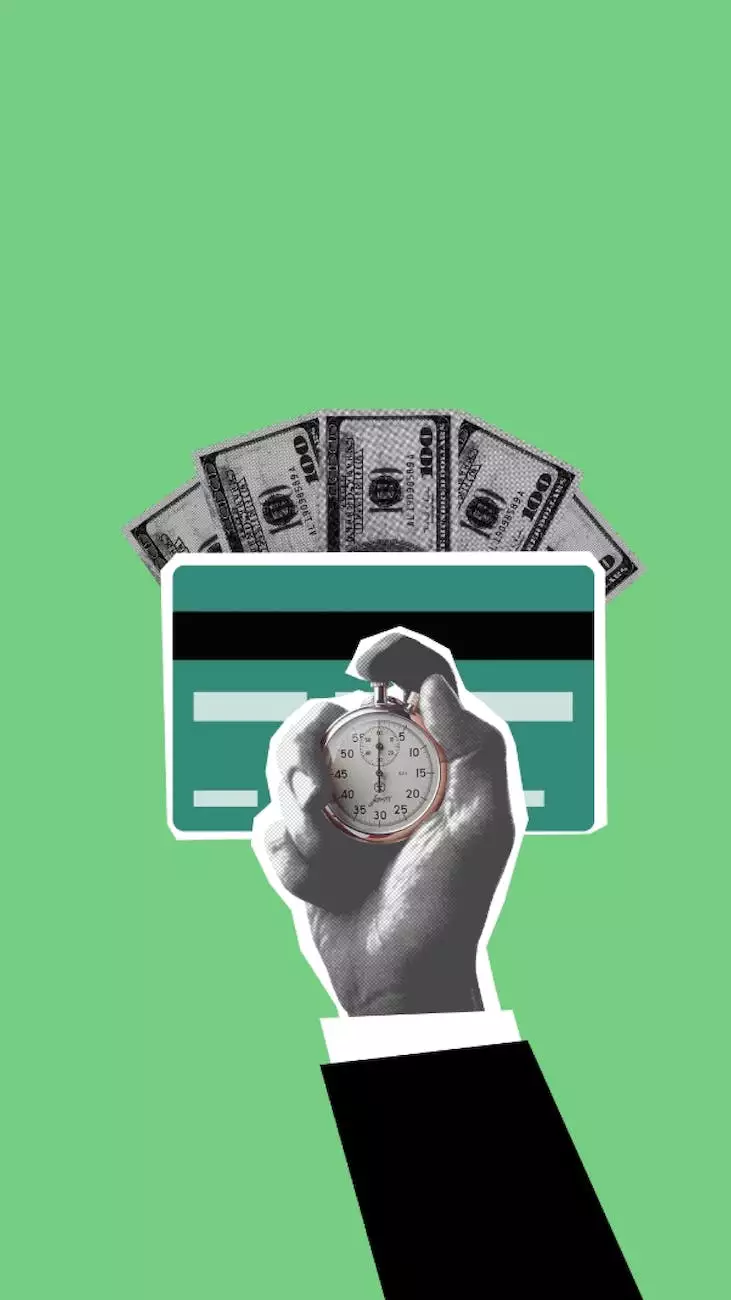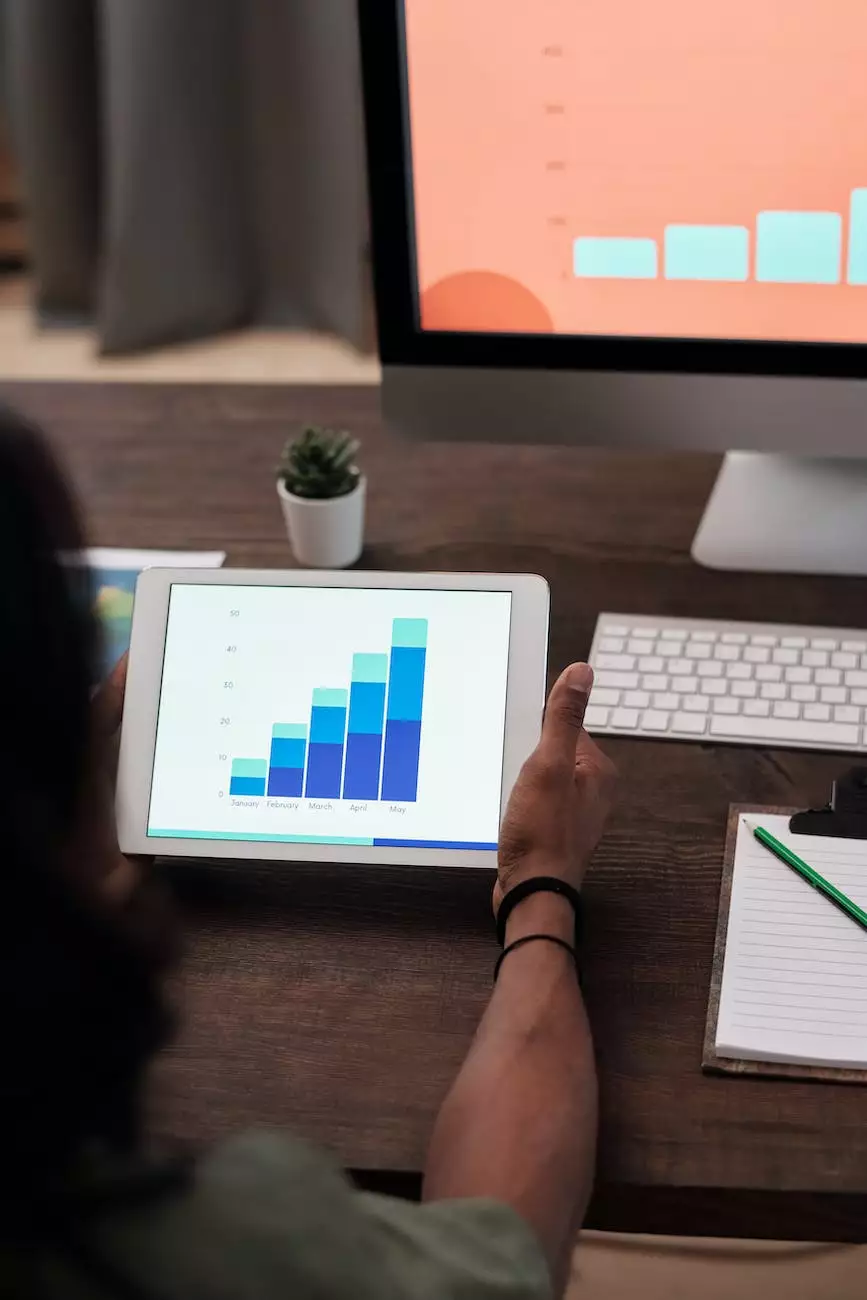Stroke Signs, Symptoms, and Treatment
Cancer Warning Signs
Introduction
Welcome to PrimdeVie, your trusted source for comprehensive information on stroke signs, symptoms, and treatment options. In this in-depth guide, we aim to provide you with valuable insights and knowledge to help you understand and manage this serious medical condition.
Understanding Stroke
Stroke, also known as a cerebrovascular accident, occurs when the blood supply to the brain is interrupted or reduced, leading to the deprivation of essential oxygen and nutrients. This sudden disruption can have severe consequences, potentially causing long-term disability or even death if not treated promptly.
Recognizing the signs and symptoms of a stroke is crucial for quick and appropriate intervention. Common signs include:
- Facial drooping: One side of the face may droop or become numb.
- Arm weakness: The individual may experience weakness or numbness in one arm.
- Speech difficulties: Speech may become slurred or difficult to understand.
- Severe headache: A sudden and severe headache, often described as the worst headache ever, may occur.
- Confusion: The person may experience confusion, difficulty comprehending, or sudden dizziness.
If you or someone around you exhibits these symptoms, it is crucial to seek immediate medical attention. Time is of the essence when it comes to stroke treatment.
Diagnosis and Treatment
Upon arrival at the hospital, healthcare professionals will conduct a series of tests to confirm the presence of a stroke and determine its type. Diagnostic procedures may include:
- Physical examination: Evaluating the patient's neurological signs, checking vital signs, and assessing responsiveness.
- Imaging tests: Imaging techniques such as CT scans, MRI scans, or angiograms are used to visualize the brain and identify any abnormalities or blockages.
- Blood tests: Blood samples may be collected to assess various factors, including blood sugar levels, clotting ability, and other potential underlying causes of a stroke.
Once a stroke is diagnosed, prompt treatment is essential to minimize damage and improve outcomes. Treatment options depend on whether the stroke is ischemic (caused by a blood clot) or hemorrhagic (caused by bleeding in the brain).
For ischemic strokes:
- Clot-busting medication: Intravenous tissue plasminogen activator (tPA) may be administered to dissolve the clot and restore blood flow to the brain.
- Mechanical clot removal: In some cases, specialized procedures such as mechanical thrombectomy may be performed to physically remove the clot.
- Anticoagulants and antiplatelet drugs: Medications such as aspirin or warfarin may be prescribed to prevent future blood clots.
For hemorrhagic strokes:
- Surgical interventions: In certain situations, surgical procedures like aneurysm clipping or arteriovenous malformation (AVM) repair may be necessary to stop the bleeding and relieve pressure on the brain.
- Medication: Medications such as antihypertensives or medications to control excessive bleeding may be used.
- Rehabilitation: Stroke survivors often require specialized rehabilitation programs to regain lost abilities and improve overall functioning.
Preventing Stroke
While strokes can occur suddenly and unexpectedly, there are several measures individuals can take to reduce their risk:
- Controlling blood pressure: High blood pressure is a significant contributor to strokes. Regular monitoring and proper management of blood pressure levels are essential.
- Eating a healthy diet: A diet rich in fruits, vegetables, whole grains, and lean proteins can help maintain cardiovascular health.
- Regular exercise: Engaging in moderate-intensity physical activity for at least 150 minutes per week is recommended to reduce the risk of stroke.
- Quitting smoking: Smoking damages blood vessels and significantly increases the risk of stroke. Quitting smoking is crucial for overall health and stroke prevention.
- Limiting alcohol consumption: Excessive alcohol intake can raise blood pressure and contribute to the risk of stroke. Moderation is key.
By adopting a healthy lifestyle and proactively managing risk factors, you can significantly reduce the likelihood of experiencing a stroke.
Conclusion
In conclusion, understanding the signs, symptoms, and treatment options for stroke is vital for both individuals and their loved ones. PrimdeVie strives to provide you with comprehensive information that empowers you to make informed decisions regarding stroke prevention, recognition, and timely intervention. Remember, time is critical, and seeking immediate medical assistance in the event of a stroke is paramount. Stay informed, take proactive measures to reduce your risk, and prioritize your well-being.




